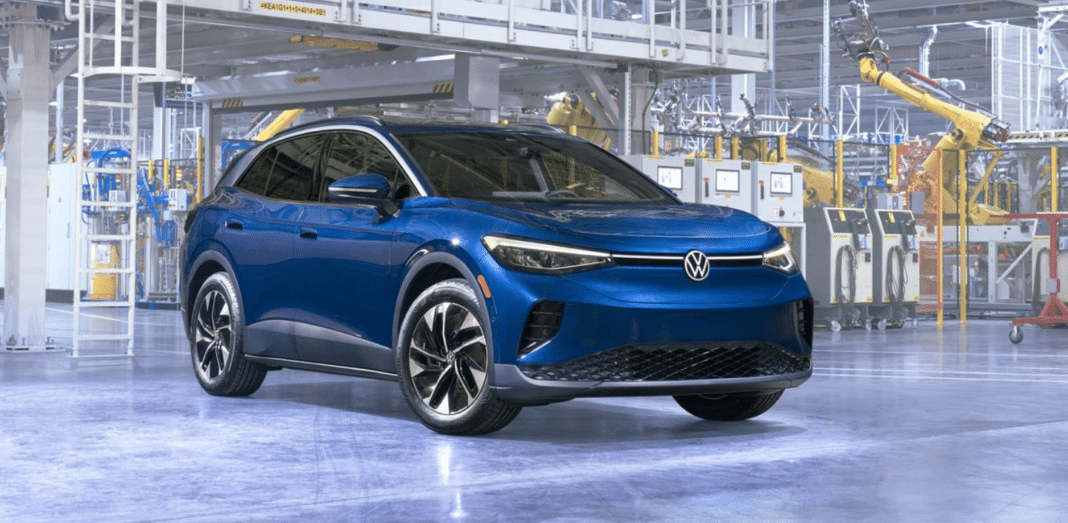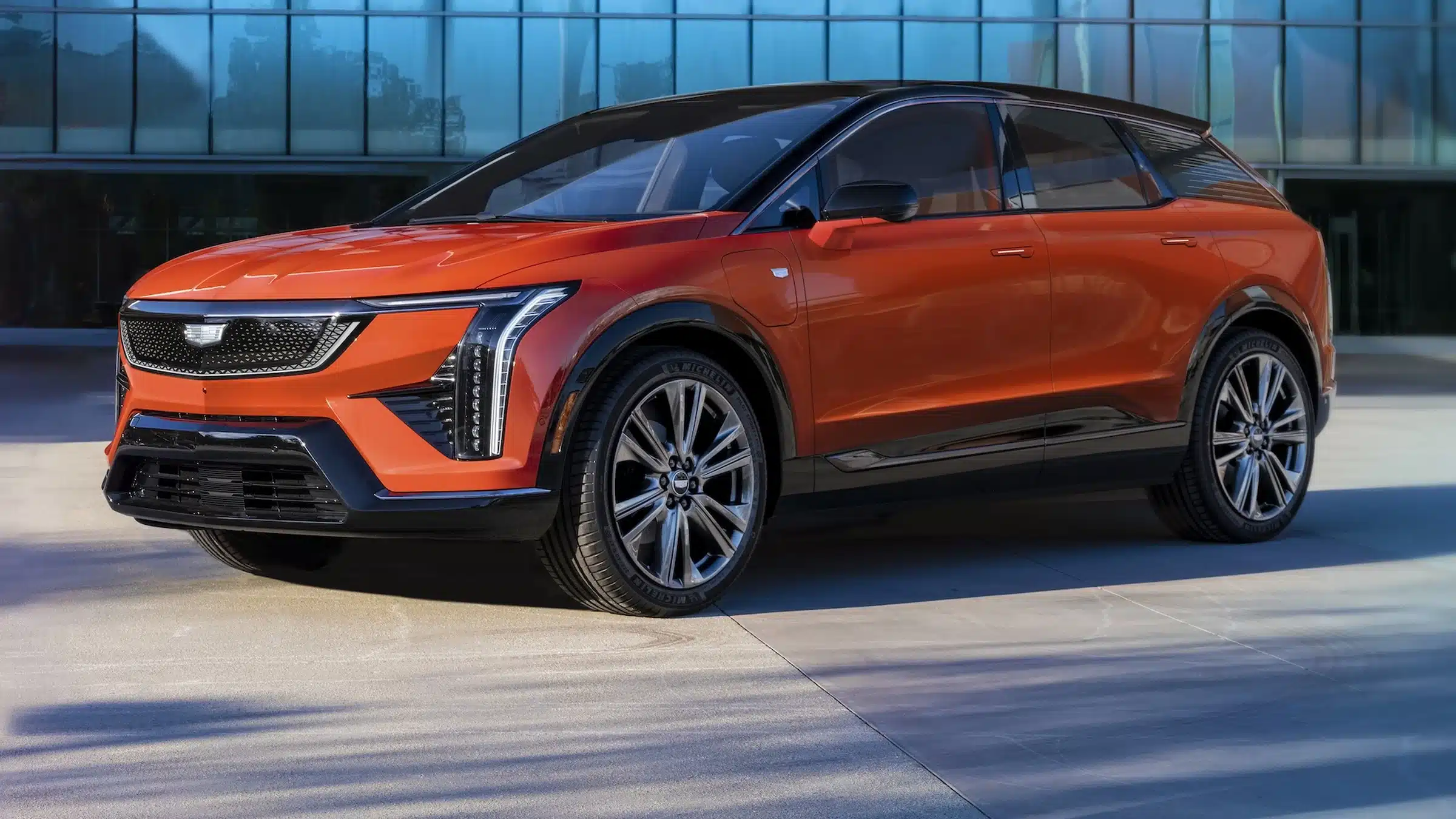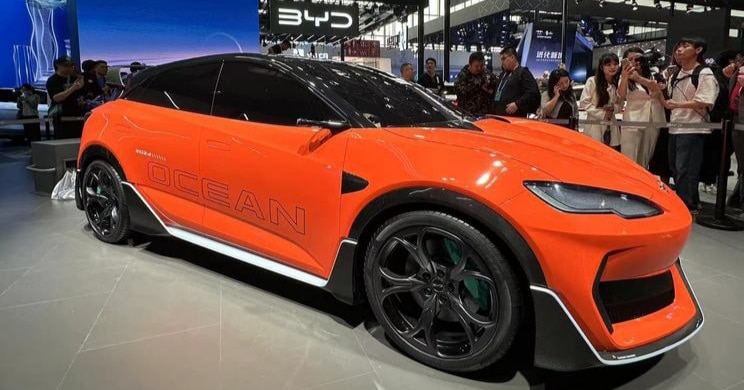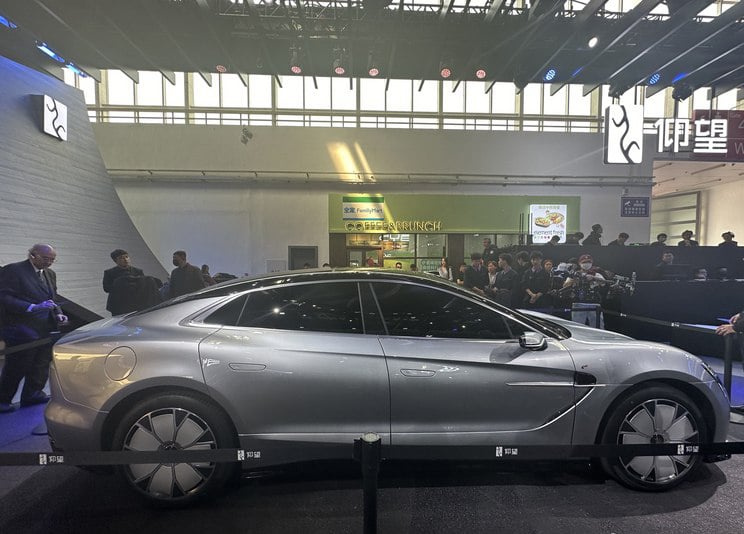So far, the Chinese car makers have not been entering the markets with cheap prices. It is true they can produce at 20% lower costs, but they will not be able to offer that cost level in Europe. They need to spend a lot of money on adapting vehicles to European regulations as well as building a sales network. The prices of the Chinese cars offered in Europe are twice as expensive compared to those in China, said Volkswagen Group CEO, Oliver Blume, commenting on Chinese brands entering the European markets.

The Chinese car manufacturers are not a threat for the European companies. In the past decade, they have learned how to build cars, but we have car know-how, level of quality and a brand heritage, so we see ourselves well positioned, continued the CEO, who sees the costs as an issue for VW’s electric portfolio. We need to work hard on reducing the costs, but we are confident that they can be reduced quickly, said the CEO.
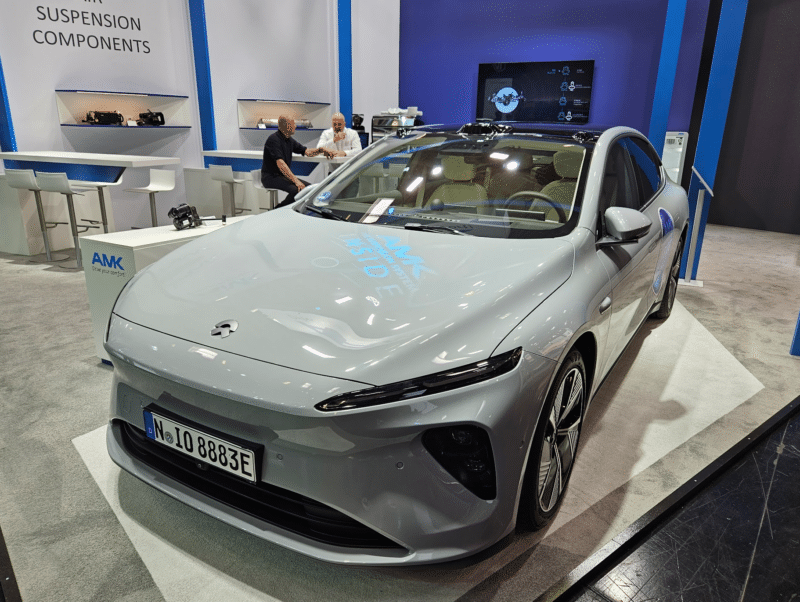
Based on Blume’s words, until the company is able to cut costs and complete a development of its electric portfolio, Volkswagen can rely on internal combustion engine vehicles (ICEV) models to finance the transition. Unlike Nio or BYD, the German car maker can rely on the money from ICEV segment to invest the money needed for the ramp-up of electric mobility, pure EV brands do not have that option, they need to look for financing, explained the CEO.

The costs CEO mentioned are expected to be cut by 50% for the entry vehicles once the manufacturer’s unified cell is developed. The idea behind the battery is to have one cell design that can cover over 80% of the company’s portfolio by 2030. The battery is being developed with a Chinese battery manufacturer, Gotion. The Hefei battery maker will also participate in construction of Saltzgitter plant. In May, Gotion said the unified cell plant that will produce 10 GWh of ternary and 10 GWh of lithium-iron phosphate (LFP) unified cells will start operating this quarter.
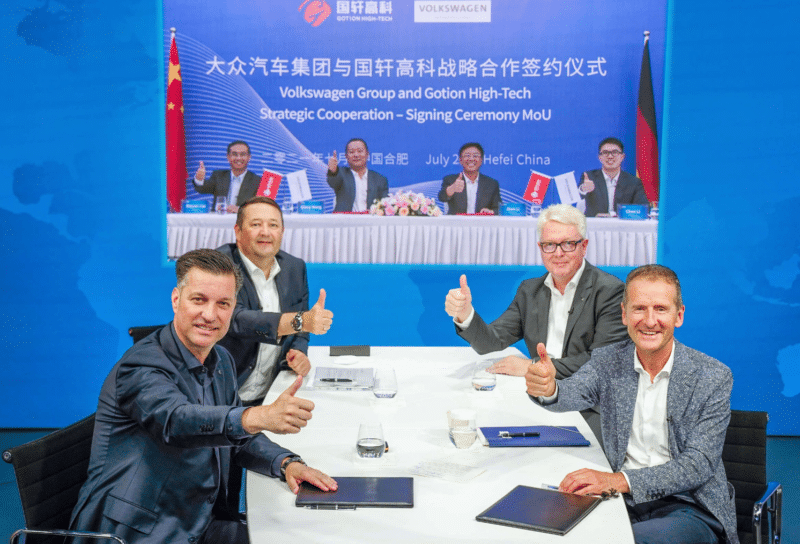
The cell is expected to be the standard part of the VW’s Scalable System’s Platform (SSP), a single platform that should, just like the cell, cover over 80% of the company’s product portfolio. The current developments about the platform are unclear. With the change of CEO in September last year, the German car maker said the project rollout planned for 2026 has been postponed to 2028 or 2029, but then in June this year said the company aims for 2026.
The timeline of the SSP rollout was questioned again, when VW announced buying a share in the Chinese EV maker, Xpeng, in exchange for the electronic and electric architecture of Xpeng’s SUV, G9, which sales flopped. Xpeng will also help the German company to develop two new models by 2026.
The G9’s powertrain uses China’s first 800 V mass-production Silicon Carbide (SiC) platform and incorporates the industry’s first full-scenario ADAS. The car also features 31 lidar sensors, dual NVIDIA DRIVE Orin-X intelligent assisted driving chips, and Gigabit Ethernet communication architecture, the G9 has up to 508 TOPS of computing power.

Along with the Xpeng deal, VW confirmed cooperation between Audi and SAIC Motor. Based on the reports, Audi is interested in SAIC’s premium EV brand, IM Motor, and its platform which is used by the brand’s models, L7 and LS7. The news on the cooperation followed constant delays of new EVs on the company’s Premium Platform Electric (PPE), which serves VW’s luxury segment in Audi and Porsche.
The platform can accommodate batteries as long as 2023 mm and support both 400 V and 800 V electric architectures. The platform can also accommodate vehicles with wheelbases ranging between 2690 mm and 3100 mm.
Source: Automobilwoche

